Jib cranes are the quiet workhorses of modern plants, moving parts and products through tight work cells with precision. But the single metric that most directly determines how safe, efficient, and profitable those lifts are is jib crane load capacity. Treat it as a number on a nameplate and you’ll invite downtime, rework, and risk. Treat it as a planning and operations control, and you’ll unlock faster cycles, longer component life, and predictable output.
This guide explains—practically and specifically—how load capacity shapes everyday decisions on your floor, how to apply ratings like SWL/WLL without confusion, and how to build procedures that keep every lift inside the green zone.
New to the hardware that makes a jib crane tick? Start with What Are the Key Jib Crane Components in Every Setup?
Table of Contents
ToggleThe two capacities you use every day: Rated vs. Maximum
- Rated load (SWL/WLL): The manufacturer-approved load for routine use under normal conditions. It already includes safety factors and real-world assumptions (deflection, mechanical tolerances, duty).
- Maximum capacity: A theoretical upper boundary under ideal conditions. It’s for engineering context—not daily operation.
Daily takeaway: Put your team culture around rated load. Use max capacity only as an engineering reference when reviewing unusual lifts or validating application margins.
Why “jib crane load capacity” is a daily operations control (not just a spec)
1) It sets the guardrails for safety—and speed
Operating below the rated limit keeps the boom, slewing bearings, hoist brake, and trolley within their intended stress ranges. That means less sway, shorter settling time, and faster, more accurate placements. Pushing toward limits slows operators down; they compensate with micro-movements, which increases cycle time and fatigue.
2) It preserves uptime and budget
Exceeding capacity—even briefly—accelerates wear on the parts you rely on most: chain/rope, brake linings, trolley wheels, and rotation bearings. Minor overloads multiply maintenance costs and steal productive hours later.
3) It improves scheduling accuracy
When capacity is respected, lift times and changeovers become predictable. That reliability is what makes takt time and dispatch schedules trustworthy.
4) It keeps compliance simple
Staying within the rated envelope helps ensure you’re aligned with OSHA/ASME expectations and your insurer’s requirements, reducing audit friction.
Capacity in the real world: the five variables that change it in practice
Even with a solid nameplate value, effective capacity shifts with how you use the crane:
- Radius/boom position
The farther the hook is from the mast (longer radius), the lower the effective capacity due to lever forces. Train operators to verify radius before committing to a lift. - End effectors & rigging
Hooks, clamps, magnets, and vacuum tools all subtract from available capacity (their own weight counts). Choose application-specific attachments to reduce rigging mass and speed secure/release. For slabs and panels, dedicated tools minimize waste and risk:
- Edge-handling: slab lifter
- Fast mechanical gripping: scissor lifter
- Mounting & geometry
- Freestanding pillars often support higher capacities with 360° coverage.
- Wall/column-mounted systems save space but are typically limited to 180–200° and lower rated loads.
- Tight layouts benefit from articulated models (cleaner vertical lifts, less side-pulling), e.g. Articulated Jib Crane – Wall Mounted.
- Environment
Heat, corrosion, abrasive dust, and moisture all degrade components. In tough environments, derate capacity or increase inspection frequency. - Duty cycle
High cycles per shift generate heat and fatigue. A crane correctly rated for duty will hold its capacity longer; an under-rated hoist loses performance and invites nuisance trips.
Turning capacity into a daily workflow
A. Before the lift: a three-step capacity check
- Know the number: Confirm the rated load and any derating for radius or attachment weight.
- Know the load: Weigh it (or calculate precisely), including rigging.
- Know the path: Check for side-pull risks, overhead obstacles, and rotation limits.
B. During the lift: smooth is fast
- Lift vertically; avoid side loads on the boom and slewing bearings.
- Use dual-speed or VFD hoists to inch precisely—less sway, fewer retries.
- Keep operators in line of sight (radio control helps).
C. After the lift: capture the signal
- If an operator reports sluggish hoist performance, unusual heat, or extra force to rotate, log it. Trends reveal pre-failure states.
Wondering how to spot early wear? See When are Jib Crane Components Worn or Damaged?
Load charts without the headaches
A simple rule your team can memorize:
Effective capacity at hook = Rated load − (rigging + end effector weight)
Then verify that the radius and boom position do not impose additional limits per your load chart. If your chart shows capacity by radius zones, post a large-format version at the cell and highlight common picks.
Pro tip: Standardize common rigging “kits” with pre-weighed totals to eliminate guesswork.
Everyday assets that protect capacity (and product)
- Purpose-built carriers reduce rigging complexity and protect finishes. Moving finished tops, windows, or stone? A dedicated Transport frame keeps CG predictable and reduces rework.
- Review ancillary lifting equipment to match attachment to material—clamps for blocks, vacuum for panels, forks/booms for long stock.
Testing & verification cadence that keeps you honest
Daily/Shift: Operator walkaround + function check (up/down, trolley, slew, limits, E-stop).
Monthly: Visual structural check, trolley wheel/track wear, brake gap, festoon/energy chain condition, basic load verification at typical working radius.
Annually: Certified load test (often 110–125% of rated), rotation/backlash measurement, NDT on critical welds, overload device calibration, insulation resistance test.
For a safety-first deep dive, read What Jib Crane Load Capacity Means for Safe Lifting
Red flags of overload (or near-overload) you’ll see on the floor
- Hoist drift when holding a load (brake glazing/contamination).
- Hot hoist case or burning odor after repeated lifts.
- Jerky slewing or increased push force to rotate.
- Trolley chatter and flat-spotted wheels.
- Frequent limit trips or overload alarms.
If any appear, remove from service until inspected. Fast isolation today prevents costly failures tomorrow.
Build a repeatable inspection routine from What Steps Help Inspect Jib Crane Components Properly?
Capacity by work area: using the right tool in the right zone
- Receiving/Dispatch: Moderate-capacity, longer-reach jibs with powered trolleys speed pallet-to-rack transitions. Transport frames and panel lifters keep CG centered and reduce damage.
- Assembly cells: Articulated wall-mounted units excel where obstacles force tight hook paths; pair with low-headroom trolleys and VFD hoists for exact placement.
- Fabrication & finishing: Vacuum or clamp end effectors sized to material reduce rigging time and surface damage—protecting product and staying inside capacity.
The quick-start capacity policy (copy/paste)
- All lifts use rated load as the limit (not max capacity).
- Weigh loads or use documented, repeatable weight calculations.
- Account for rigging and attachment weight in every calc.
- Check radius against the posted load chart before committing.
- No side pulls. Lifts are vertical; rotation stops are respected.
- Trend key measurements quarterly: boom tip deflection at rated load, slewing backlash, chain elongation, anchor torque.
- Stop & tag at the first sign of overload behavior (drift, heat, chatter, alarms).
FAQs
Q: Can we “occasionally” exceed rated load if the hoist seems strong enough?
A: No. Rated load includes structural, mechanical, and stability margins across all jib crane load capacity factors. Exceeding it risks sudden, catastrophic failure—often with no warning.
Q: Do attachments change capacity even if they’re light?
A: Yes. Every kilogram of attachment/rigging subtracts from available capacity. Standardize and label your rigging kits.
Q: Our operators complain about slow placement near capacity. Normal?
A: Yes—loads near limits increase sway correction time and brake work. A VFD hoist and right-sized attachment usually restores speed without risking overload.
When layout, not capacity, is the problem
If operators constantly “steer” loads around machines, you’re fighting geometry, not just weight. An articulated solution can keep hook paths vertical and loads under control—see Articulated Jib Crane – Wall Mounted—or explore more crane products to match duty, reach, and environment.
Bottom line
Treat jib crane load capacity as the heartbeat of daily operations. When capacity is understood, communicated, and enforced:
- Safety improves because every motion stays inside engineered limits.
- Throughput rises due to smoother lifts and fewer corrections.
- Costs fall as hoists, trolleys, and slewing assemblies last longer.
- Audits get simpler thanks to clean records and predictable tests.
Post the load chart. Weigh the load. Count the rigging. Verify the radius. And give your team the right attachments and procedures to make every lift safe—and fast.

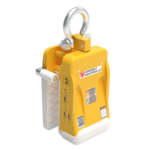
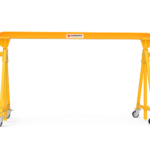
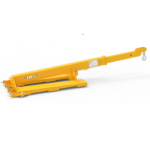
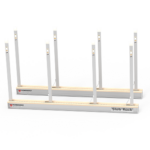
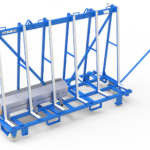

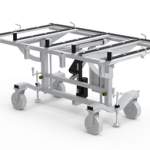
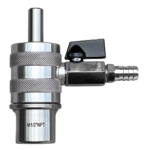
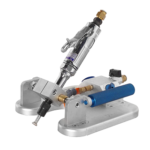
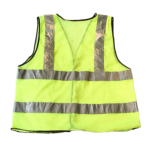
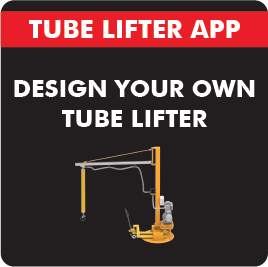
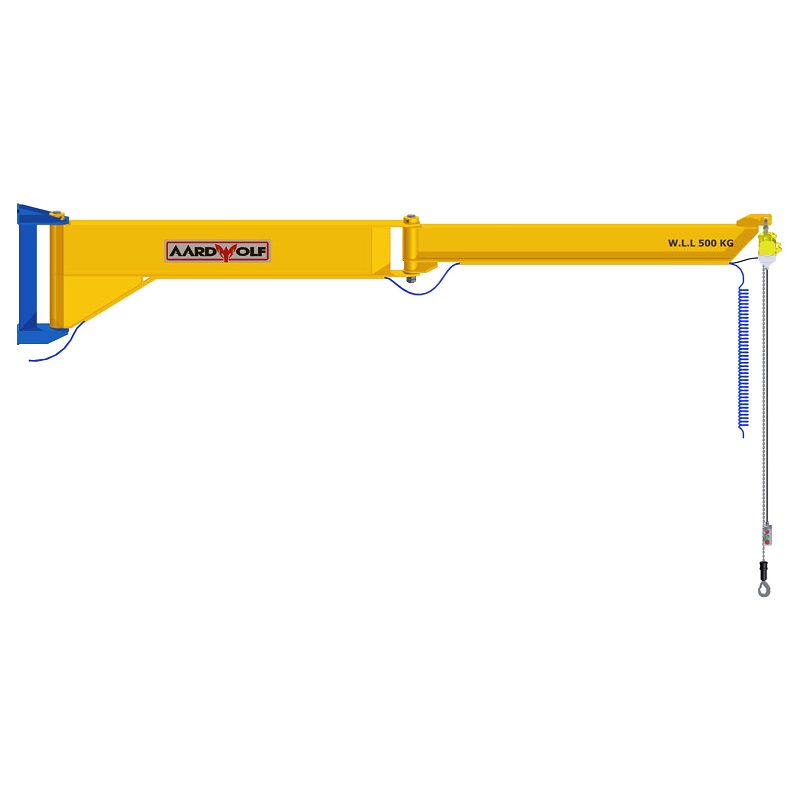
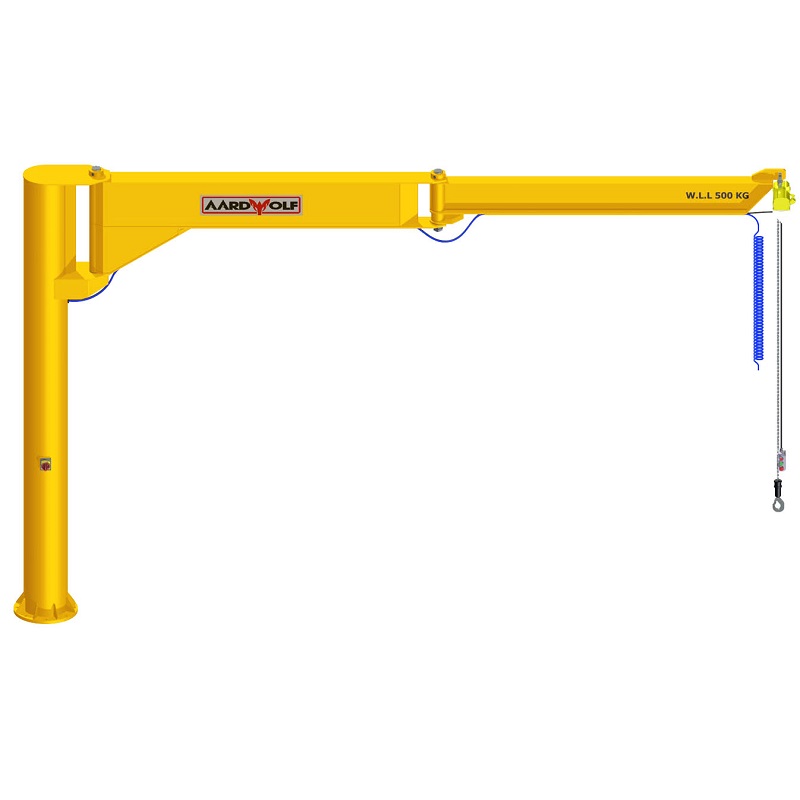
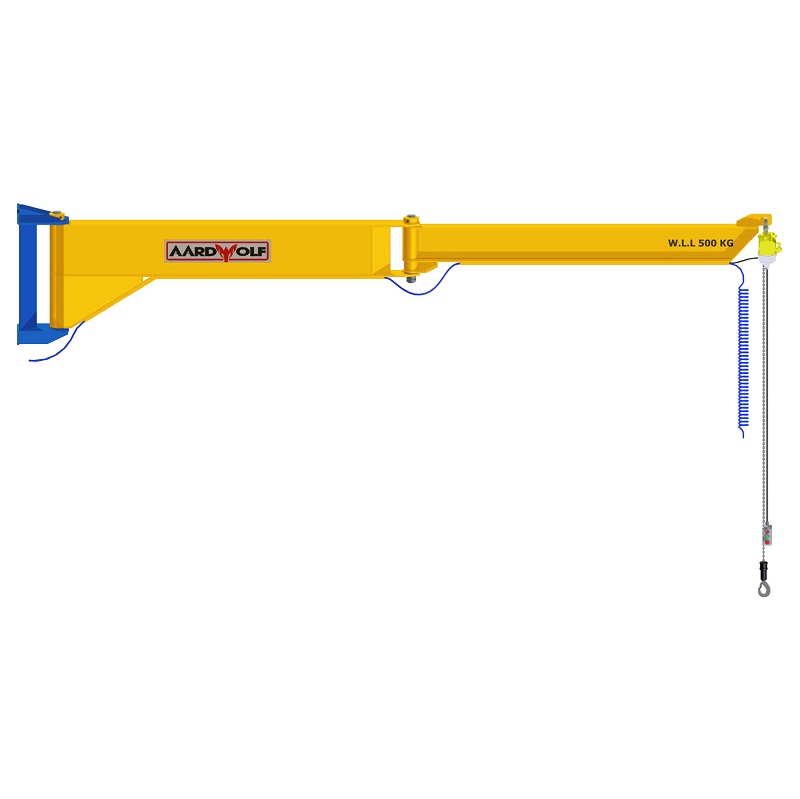
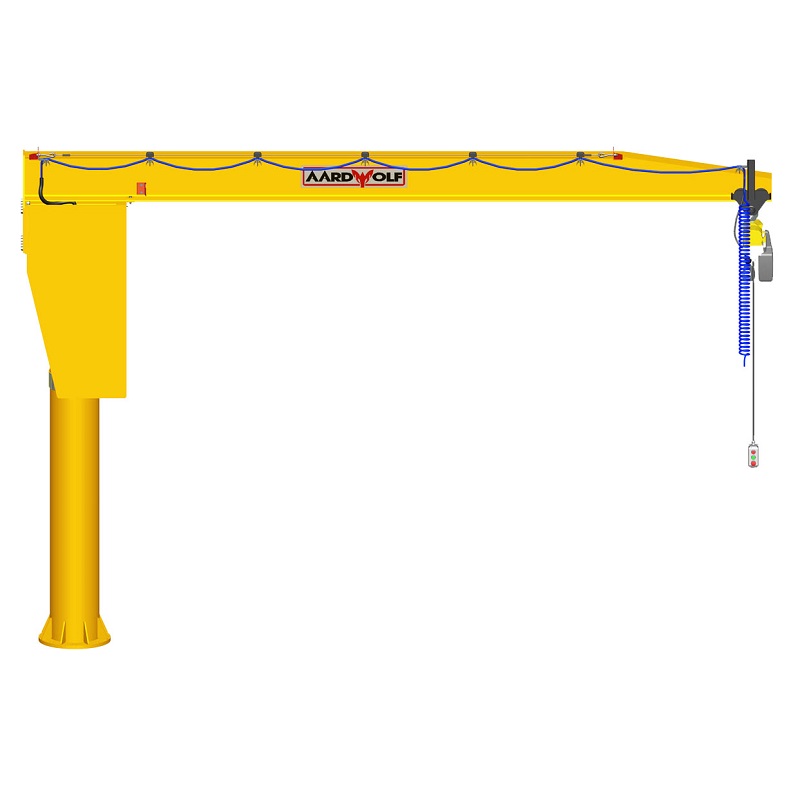


Please log in to leave a comment.